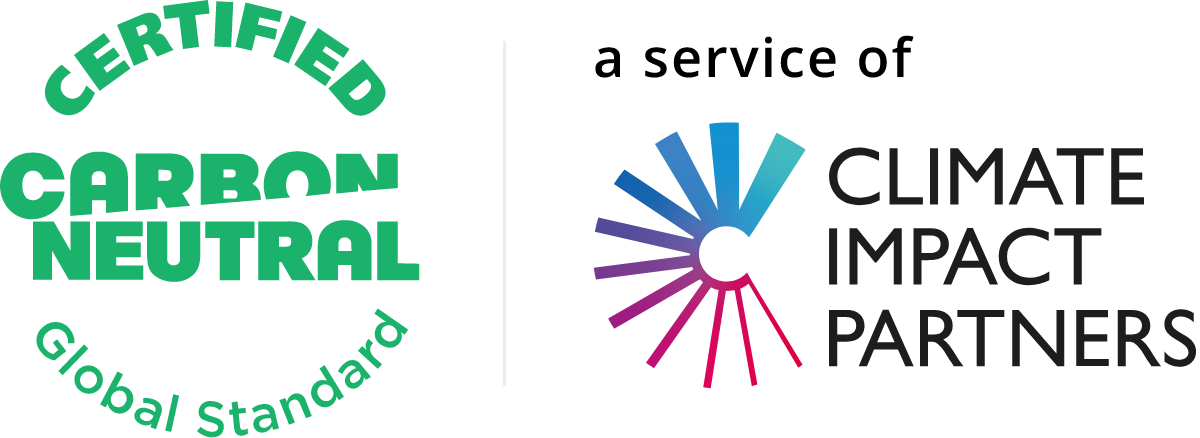The non-carbon accounting standards listed in Table 12 are those designed to complement carbon credit standards to provide measurable and independently verified assessment of the positive environmental, social, and economic benefits of carbon reduction projects (also known as “co-benefits”). These standards should be used to evaluate and communicate the co-benefits of emission reduction projects.

Our website uses cookies to improve your experience. Find out more about cookies
